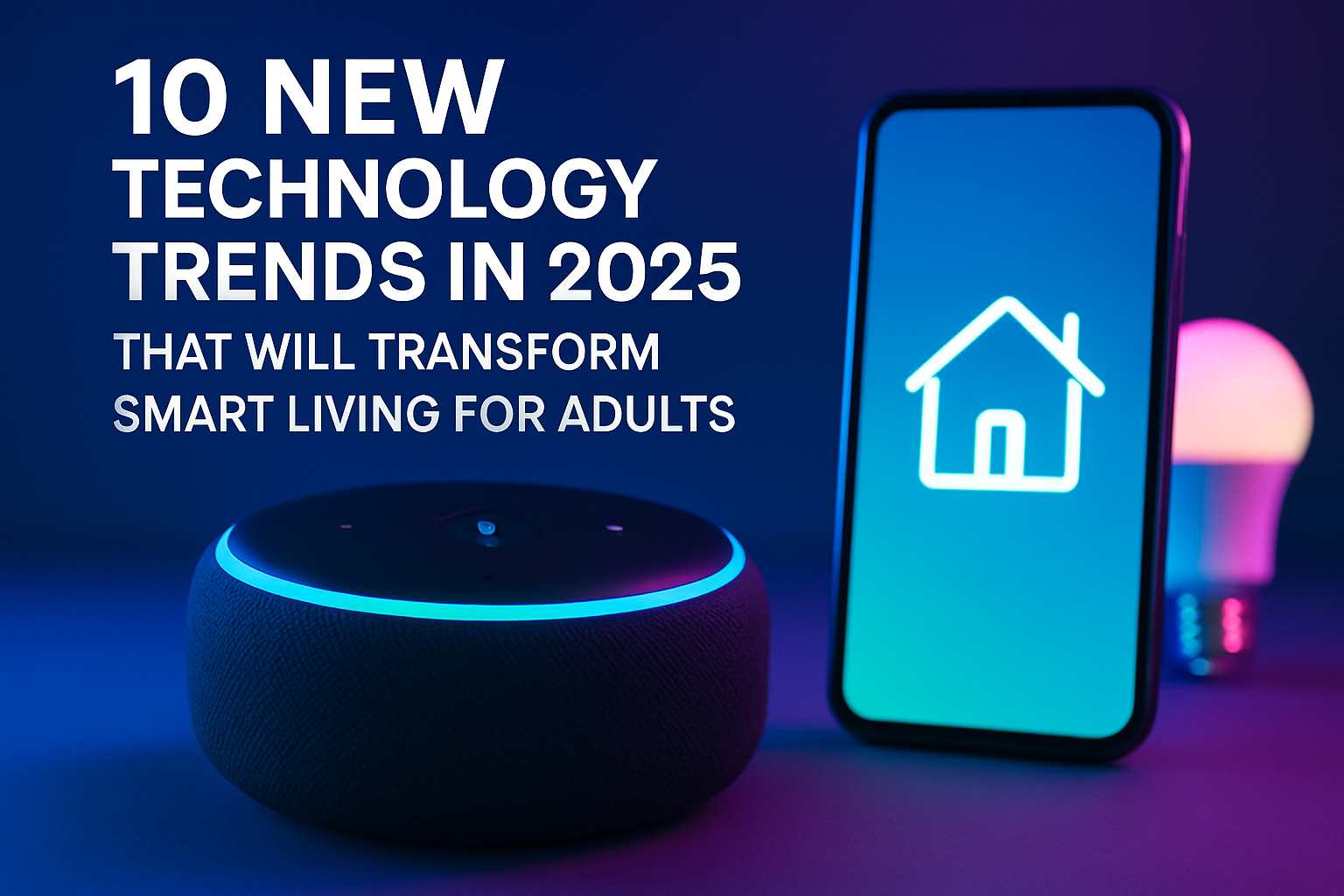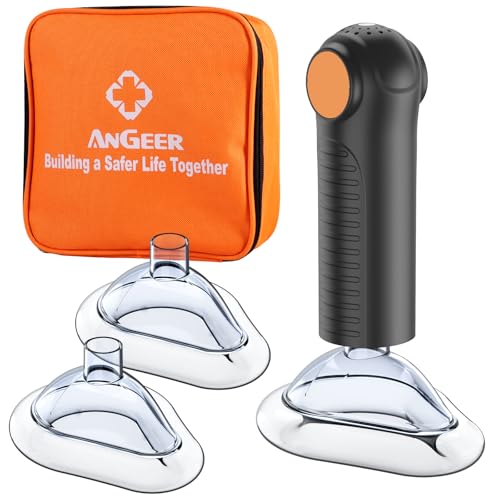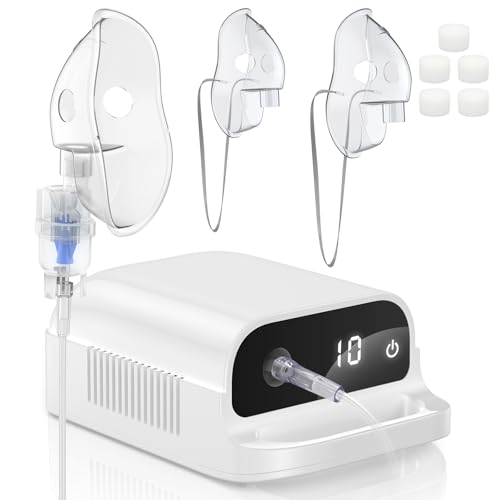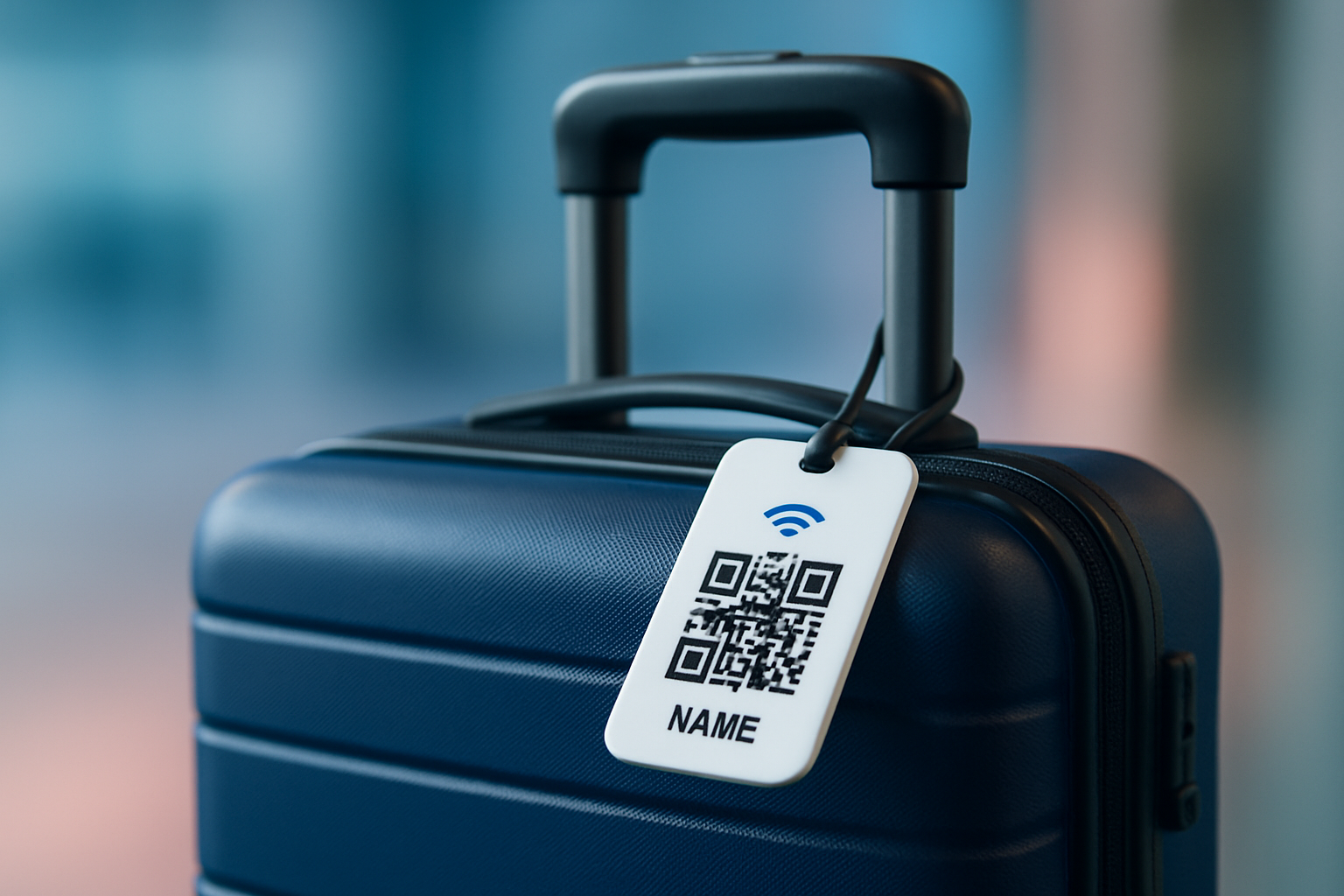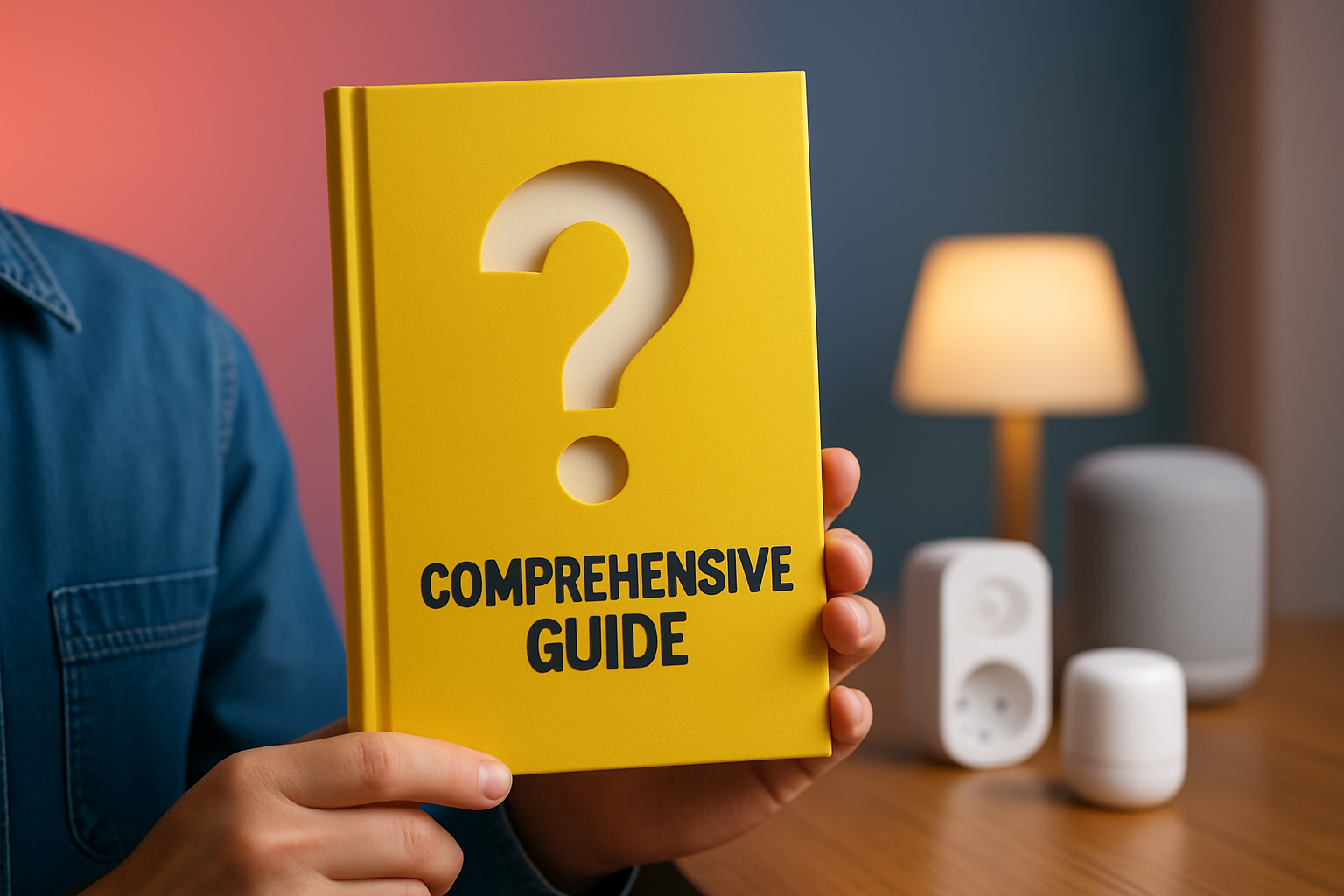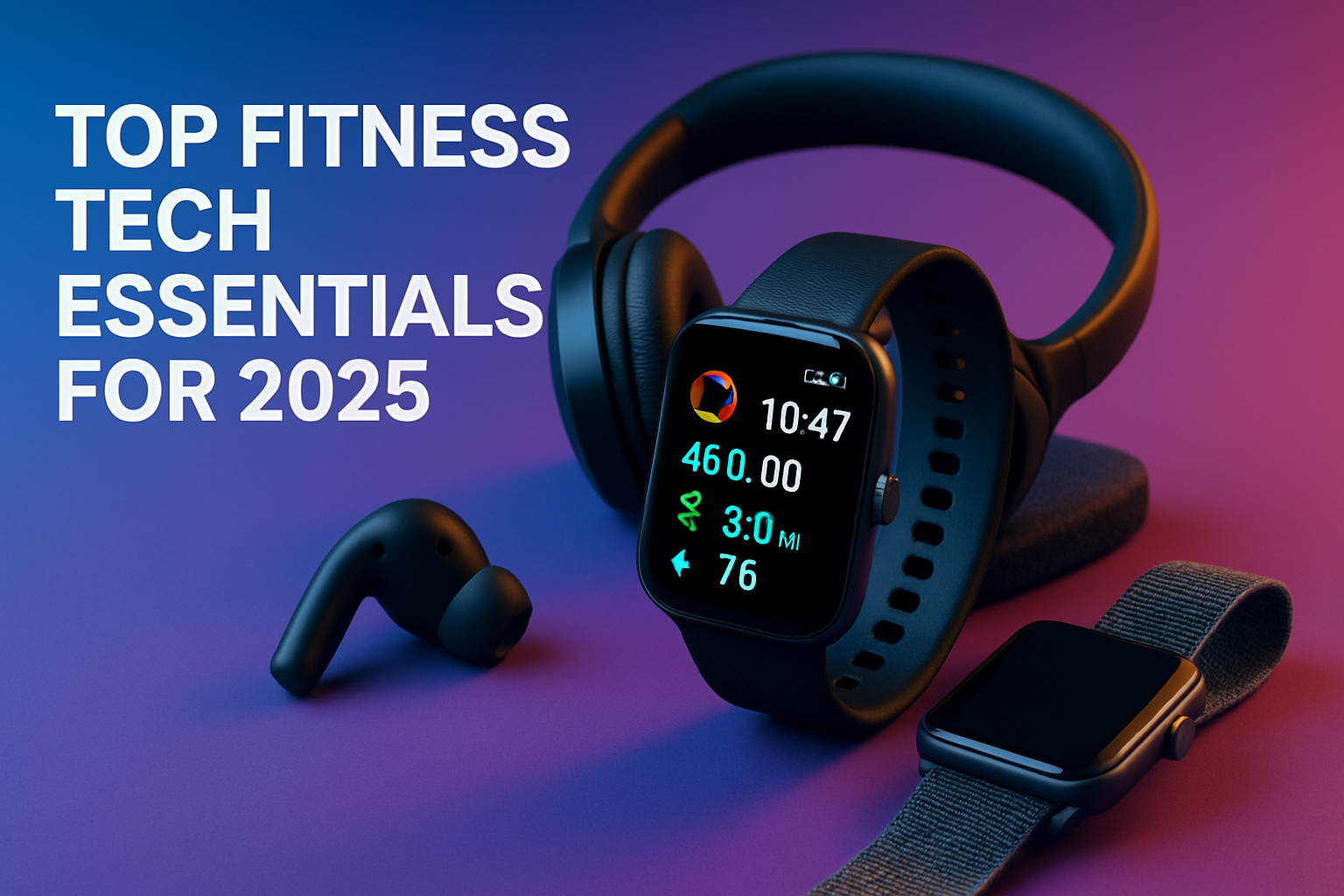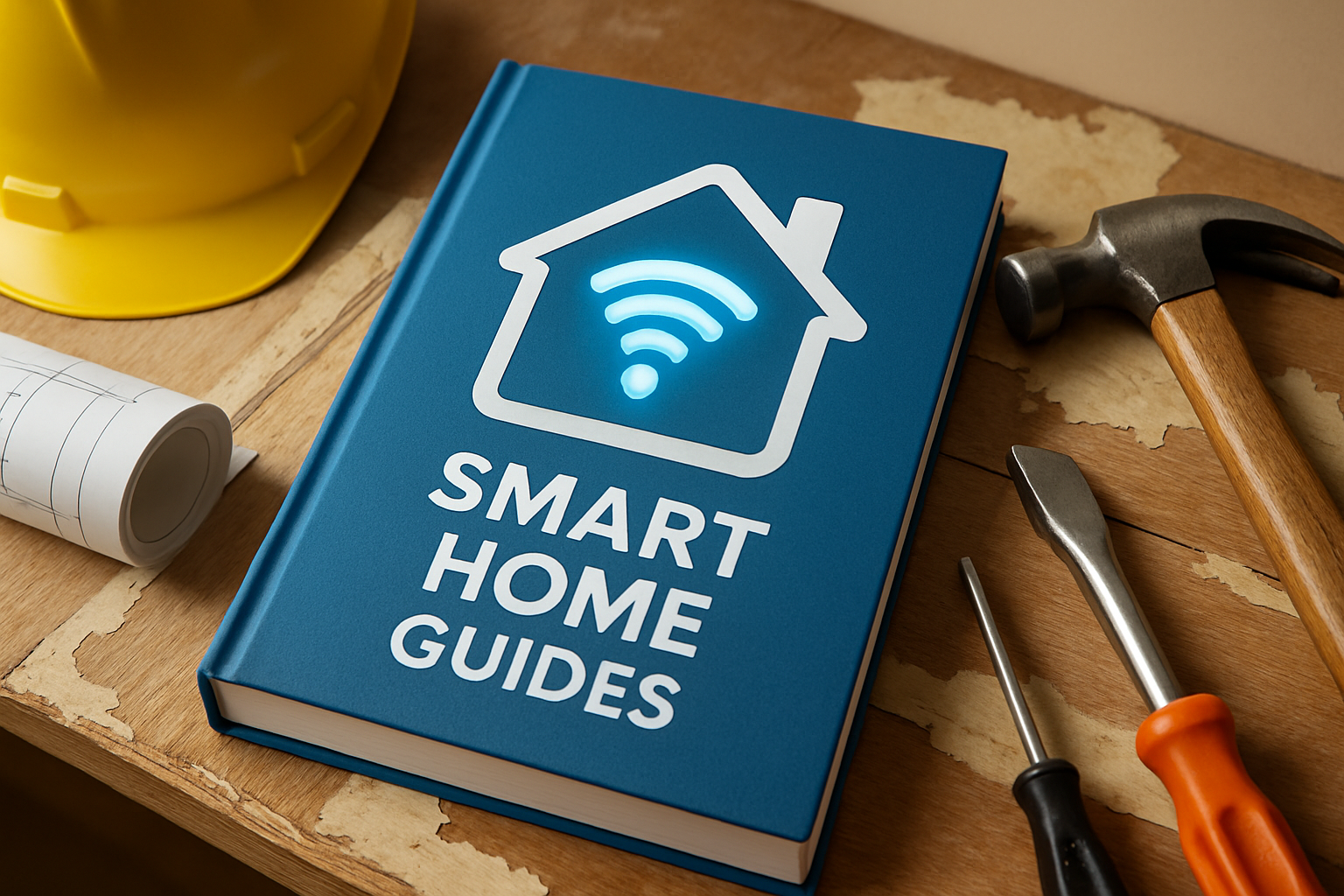Smart living technology for adults is evolving fast, and the most exciting momentum is coming from new technology trends that turn everyday routines into seamless experiences. From intelligent energy management to privacy-first health tracking, 2025 is the year adult consumers find practical, trustworthy upgrades for the home, body, and travels. You want tools that work, save time, and genuinely improve comfort and well-being. That is where careful research pays off, and where High Tech Reviews brings clarity with plain-language breakdowns, in-depth testing, and curated recommendations you can actually use right away.
What new technology trends are reshaping smart living in 2025?
Across households, the connected ecosystem is shifting from flashy features to thoughtful design and measurable outcomes. Various industry analyses suggest that smart home device adoption is now present in more than half of households across developed markets, with energy monitoring, security, and entertainment leading the way. Yet convenience alone is not enough. Adults want better sleep, healthier routines, safer spaces, and resilient homes that can manage energy use intelligently during peak times or outages. They also want privacy by default, not as an afterthought, which is why on-device processing and local control are taking center stage.
At the same time, wearable technology is maturing from step counters into medical-grade adjacent tools that support prevention, motivation, and recovery. Meanwhile, spatial computing, once a novelty, is finding real use in home offices and creative hobbies, offering hands-free productivity and immersive learning. These developments raise questions: Which features truly matter, how do you judge reliability, and what will still be relevant in two years? High Tech Reviews tackles those questions with expert commentary on trending high-technology tools, comprehensive guides for smart home and fitness devices, and a curated selection of travel and lifestyle accessories that match real-world needs without hype.
| Trend | Everyday benefit | Typical devices | Quick tip |
|---|---|---|---|
| Generative artificial intelligence assistants on devices | Faster help with tasks, summaries, and planning | Smart speakers, phones, laptops, televisions | Look for on-device processing and clear privacy controls |
| Spatial computing in the home | Hands-free work, immersive fitness and learning | Headsets, advanced cameras, gesture controllers | Test comfort and fit for longer sessions at home |
| Edge computing in the home for speed and privacy | Lower latency and less dependence on the cloud | Smart hubs, routers, network storage | Prioritize local automation and offline capability |
| Interoperability with the Matter standard | Easier setup and smoother cross-brand control | Smart bulbs, plugs, thermostats, locks | Check the device’s Matter certification version |
| Energy-smart homes and bidirectional charging | Lower bills, backup power, carbon awareness | Thermostats, solar inverters, vehicle chargers | Ask about utility integrations and peak pricing support |
| Ambient health wearables and noninvasive sensors | Sleep, heart, and stress insights you can act on | Smart rings, watches, connected scales | Verify sensor accuracy and research-grade validation |
| Privacy-preserving data and on-device learning | Personalization without exposing raw data | Phones, hubs, cameras, doorbells | Confirm local video storage and encryption options |
| Robotics for everyday chores | Automated cleaning, yard care, and simple tasks | Robot vacuums, mowers, window cleaners | Map your rooms and set boundaries before first run |
| Satellite-connected wearables and travel devices | Messaging and safety beyond cellular coverage | Smart watches, beacons, trackers | Understand subscription tiers and coverage maps |
| Sustainable and repairable gadget design | Longer life, less waste, smarter spending | Modular earbuds, swappable-battery devices | Check availability and cost of spare parts upfront |
The 10 new technology trends for smart living in 2025
1) Generative artificial intelligence assistants that live on your devices
Generative artificial intelligence is moving from the remote cloud into your daily devices, enabling private, context-aware help that feels more like a personal aide than a search tool. Imagine summarizing a long email thread aloud while your assistant drafts a polite response that matches your tone, or asking your television to create a weeknight meal plan from what is in your pantry. The difference in 2025 is location and control. With more on-device processing, your requests can stay local, responses arrive faster, and you can fine-tune what data leaves your home. For adults managing work, family, and wellness, that means time saved without sacrificing peace of mind.
High Tech Reviews focuses on how these assistants perform in real homes, not lab demos. We test whether voice detection works in noisy kitchens, if routines trigger reliably, and how well assistants integrate with calendars, lighting, and thermostats. We also look at transparency: clear logs, understandable privacy settings, and the ability to delete training data. Our expert commentary helps you decide if a given assistant can juggle tasks like medication reminders, grocery lists, and energy-saving automations, all while respecting your boundaries and preferences.
2) Spatial computing that upgrades the home office and hobby room
Spatial computing, once a niche for gaming, now brings practical hands-free productivity, guided workouts, and immersive learning to everyday life. For home offices, that could mean pinning multiple floating screens around your desk for research, design, or editing without a clutter of physical monitors. For fitness and hobbies, spatial platforms can overlay form cues, measure range of motion, or walk you through a new recipe with step-by-step visuals anchored to your countertop. The best experiences come from a blend of comfortable hardware, intuitive gestures, and thoughtful software that respects your space and stamina.
In reviews at High Tech Reviews, comfort and ergonomics are paramount. We assess weight distribution, ventilation, and content readability over longer sessions, then explore how spatial tools integrate with your calendar, notes, and collaboration apps. We also highlight accessibility options such as voice control, high-contrast modes, and adjustable text sizes. When the right fit is found, spatial computing becomes a quiet upgrade that reduces screen clutter, improves posture with better workstation setup, and makes routine tasks feel engaging instead of draining.
3) Edge computing in the home for speed, privacy, and resilience
Edge computing brings data processing closer to where it is produced, which in a home means your smart hub, router, or local server handles tasks that previously relied on distant data centers. The advantage is twofold: less delay and stronger privacy. Lights respond instantly to motion, cameras analyze events locally before sending any alert outside, and automations keep working even if your internet provider is having a slow day. For adults who run home businesses, host video calls, or rely on security alerts, a reliable local foundation is a tangible quality-of-life upgrade.
High Tech Reviews evaluates edge-ready hubs and routers by building real automation chains: lights and shades that sync with sunrise, routines that adjust heating during peak pricing, and alerts that differentiate pets from visitors. We examine dashboard clarity, backup options, and data export methods so you are never locked out of your own information. The takeaway is simple. When the local layer is strong, everything you connect to it becomes faster, safer, and less frustrating to maintain over time.
4) Interoperability with the Matter standard that simplifies setup
Interoperability is finally moving from promise to practice thanks to the Matter standard, a unifying language that lets smart bulbs, plugs, thermostats, and locks talk to the platforms you already use. Instead of juggling multiple applications and bridges, you can connect devices more directly and manage them from one place. For busy adults, this reduces technical overhead and makes it easier to say yes to a new device because you know it will play well with the rest of your home. It also increases longevity, since interoperable gear is less likely to become orphaned by a single vendor’s roadmap.
In our guides, High Tech Reviews walks through typical scenarios such as replacing a legacy bulb with a Matter-compatible one or adding a smart lock to an existing system. We pay attention to commissioning flow, recovery from errors, and how clearly devices present their capabilities. We also explain version differences and firmware updates in simple terms. The goal is to help you build a home that grows with you, rather than one that demands a reset every time you add something new.
5) Energy-smart homes with intelligent management and bidirectional charging
Energy awareness is shaping how we cook, heat, charge, and entertain. Smart thermostats coordinate with utilities to reduce costs during peak hours. Appliances schedule themselves when electricity is cheaper and greener. Home batteries and bidirectional vehicle chargers can keep lights on during outages and take advantage of favorable rates. Instead of micromanaging everything, you set goals, choose comfort bounds, and let automation handle the rest. For adults responsible for a household budget, this trend can produce real savings and a satisfying sense of control over the essentials.
High Tech Reviews puts energy features to the test in practical, weeklong trials. We log comfort levels, bill estimates, and how systems behave in heat waves or cold snaps. We also verify safety features, manual override steps, and clarity of insights. After all, a graph is only useful if it tells you what action to take. Our comparisons focus on use cases such as city apartments, suburban homes with solar panels, and renters who need portable solutions that do not require major installation. The message: energy-smart does not mean complicated when the right tools are chosen.
6) Ambient health wearables and noninvasive sensors for adults
Wearables now emphasize gentle monitoring that blends into your day rather than screaming for attention. Smart rings and watches track sleep stages, heart rate variability, and stress load to guide recovery and routines. Connected scales and posture sensors add context, while new noninvasive technologies aim at blood pressure estimation and early warning signs. The key is actionable insight. You should see clear trends and personalized nudges, not a flood of confusing charts. That is why accuracy, validation, and meaningful coaching matter more than ever in 2025.
At High Tech Reviews, we put accuracy first by cross-checking wearables against reference devices where possible and by comparing week-over-week stability of readings during real life, not just workouts. We also score the coaching quality: Are the suggestions practical? Do they adapt to your schedule? Can you export data to share with a medical professional if needed? Finally, we consider style and comfort, because a device you will not wear helps no one. When all those elements align, wearables become quiet partners in better sleep, smarter training, and calmer days.
7) Privacy-preserving personalization and on-device learning
Privacy is no longer a checkbox. Devices are adopting local models and privacy-preserving techniques that let you benefit from personalization without sending raw data elsewhere. Cameras can blur or mask faces by default unless you opt in. Voice models learn your household’s accents and phrases locally. Even thermostats can adjust intelligently without storing sensitive logs in the cloud. For adults who manage not only their own data but also that of visiting family and friends, these protections are a welcome evolution.
High Tech Reviews examines privacy features with the same rigor as performance. We verify whether local storage is truly local, whether encryption is enabled by default, and how easy it is to audit and delete data. We also explain what each permission means in plain language. Our approach helps you make informed choices about which devices deserve a place in your living room, bedroom, and entryway. With the right settings, you can enjoy convenience without trading away your comfort with privacy.
8) Robotics that quietly take over repetitive chores
Home robotics are maturing into reliable helpers for cleaning, yard work, and basic maintenance. Robot vacuums map floors more intelligently, avoid cords and socks, and empty themselves with less noise and dust. Lawn robots trim consistently and return to charge without fuss. Window-cleaning robots handle tall panes that are tough to reach safely. Rather than novelty, the focus is on dependability, navigation, and simple upkeep that fits a busy adult’s schedule.
Our evaluations at High Tech Reviews simulate imperfect homes: area rugs with fringe, tight dining chair legs, and rooms with toys or pet bowls on the floor. We test how robots handle transitions, blind spots, and obstacles. We measure maintenance time and the cost of consumables like filters and blades. Most important, we report on the after-sales experience, including firmware updates and app clarity, so you know what ownership really feels like after the unboxing excitement fades.
9) Satellite-connected wearables and travel devices for peace of mind
Travel gear now reaches beyond cellular towers thanks to new satellite messaging and location features. Hikers, cyclists, and road-trippers can share check-ins and request help from places that used to be dead zones. For everyday travelers, luggage trackers and compact beacons provide reassurance when bags or backpacks take unexpected detours. As with any connectivity, the right choice depends on coverage, subscription tiers, and battery life that matches your plans.
High Tech Reviews explains satellite features in plain terms, clarifies what “emergency use” really entails, and outlines how to test your gear before you need it. We assess device comfort, antenna performance in varied environments, and how well the apps organize contacts and safety workflows. If you travel for work or play, these tools are not just about adventure. They also support independence, letting you explore new places with a simple lifeline in your pocket or on your wrist.
10) Sustainable, repairable designs that respect your budget and the planet
A quieter revolution is taking hold in gadget design: build it to last, and make repairs straightforward. Consumers are asking about spare part availability, modular components, and trade-in programs before they buy. That shift matters for smart living, where a steady ecosystem is more valuable than rapid churn. A repairable smart speaker or wearable you love is better than a slightly newer model that sends you back to square one with setup and habits.
High Tech Reviews highlights products with transparent repair scores, generous software support windows, and clear documentation. We also share maintenance tips such as battery care, safe cleaning routines, and strategies for extending device life beyond the warranty. When sustainability meets sensible ownership, you save money, reduce clutter, and feel good about the technology that shares your home.
Practical upgrades you can make today: home, health, and travel
Knowing the trends is helpful, but what should you actually buy or set up first? Start with foundation pieces that improve daily comfort and reduce friction. In the home, a solid local hub, fast and secure router, and a handful of interoperable sensors can unlock automations you will use every day. Examples include lights that follow the sun, shades that close for glare or privacy, and entry alerts that feel reassuring rather than invasive. For renters, look for gear that is easy to move, such as smart plugs, portable air-quality monitors, and battery-powered door sensors that peel off cleanly.
On the health front, a reliable wearable paired with one or two complementary devices can deliver better sleep and steadier energy. Think of a smart ring or watch plus a connected scale or a guided posture tool. Set modest goals, allow two weeks for calibration, and track only what you intend to act on. For travel, a compact satellite-enabled messenger, a small multi-port charger, and a smart luggage tracker make trips smoother. High Tech Reviews publishes comprehensive guides that bundle these essentials for different lifestyles, including remote workers, frequent flyers, fitness-focused adults, and caregivers balancing multiple responsibilities.
| Lifestyle | Core picks | Why it helps | Setup time |
|---|---|---|---|
| Busy professional | Local smart hub, scene-capable lights, privacy-first assistant | Automates mornings and meetings with reliable routines | About 60 to 90 minutes |
| Fitness-focused adult | Accurate wearable, connected scale, spatial fitness app | Builds sustainable habits with clear, actionable feedback | About 45 to 60 minutes |
| Frequent traveler | Luggage tracker, satellite messenger, compact charger | Adds safety and reduces travel stress | About 30 to 45 minutes |
| Security-conscious household | Local video storage camera, smart lock, motion sensors | Peace of mind without intrusive cloud exposure | About 90 to 120 minutes |
| Eco-aware homeowner | Smart thermostat, energy monitor, appliance scheduling | Reduces bills and highlights carbon-friendly times | About 60 to 120 minutes |
Privacy, security, and responsible use in the connected home
Convenience should never come at the cost of your comfort with privacy. Fortunately, the best devices in 2025 make responsible choices the default. Look for equipment that keeps video and audio local unless you explicitly share it, encrypts data in transit and at rest, and offers clear dashboards for reviewing what has been stored. For voice assistants, enable opt-in for any retention and disable training with household recordings if you are not comfortable with it. For cameras, choose options with physical shutters or power cutoffs so you can be confident when a lens is truly off.
Security is equally practical. Use unique passwords and turn on passkeys when available, update firmware regularly, and set up guest profiles for visitors. Segment smart devices on a separate home network if your router supports it, which can isolate issues and speed troubleshooting. High Tech Reviews includes a protection checklist in every relevant review and a plain-language breakdown of privacy settings so you can dial in the balance that feels right to you. With a few best practices, you can enjoy the benefits of a connected home without second-guessing the trade-offs.
| Action | Why it matters | How to do it |
|---|---|---|
| Use strong, unique passwords or passkeys | Prevents easy account takeovers | Use a password manager and enable device-based sign-in where supported |
| Enable local storage and disable unnecessary cloud backups | Reduces exposure of sensitive home data | Choose devices with micro storage or network storage support and clear controls |
| Regularly update firmware and applications | Patches known vulnerabilities | Turn on automatic updates and schedule a monthly manual check |
| Segment smart devices on a separate network | Contains potential issues and improves reliability | Create a dedicated guest or device network through your router settings |
| Audit permissions twice a year | Prevents over-sharing of location, audio, or video | Review app settings and revoke anything you no longer use |
How High Tech Reviews helps you choose the right gadgets
Selecting the right device is easier when you work from a clear framework. At High Tech Reviews, we start by mapping your goals to real-world outcomes: better sleep, fewer chores, safer travel, or lower energy bills. Then we test products against those outcomes and report how they perform in ordinary homes rather than controlled labs. Our in-depth gadget reviews and comparisons focus on what you will notice after the setup screens are closed: reliability, meaningful insights, and the small design choices that make a device pleasant to live with. We also provide curated selections that reduce decision fatigue by highlighting the standouts for specific lifestyles and budgets.
Because consumers often struggle to find reliable information and detailed reviews to choose the most suitable high-technology gadgets and accessories that match their needs and lifestyle, we also publish comprehensive guides and expert commentary that reveal what really matters in each category. We share failure points to watch for, maintenance expectations, and privacy defaults, so you can choose with confidence. When a category is rapidly evolving, such as generative artificial intelligence assistants or spatial computing, we explain what is mature now and what is still experimental, helping you avoid buyer’s remorse and prioritize features that will be useful for years.
| Goal | Key features to prioritize | What High Tech Reviews checks | Typical red flags |
|---|---|---|---|
| Better sleep | Accurate sleep staging, gentle alarms, reliable heart and breathing metrics | Validation studies, week-long consistency, practical coaching | Alarm volume spikes, vague recommendations, erratic nightly scores |
| Lower energy bills | Utility integration, peak-time automation, appliance scheduling | Comfort maintenance, bill impact, override clarity | Complicated setup, unreliable schedules, comfort dips |
| Convenient routines | Local automations, robust scene control, interoperable devices | Error recovery, speed, logging and transparency | Cloud-only routines, frequent disconnects, unclear logs |
| Safer travel | Satellite messaging, clear contacts and workflows, strong battery life | Coverage maps, emergency flows, offline operation | Hidden subscription limits, confusing interfaces, fragile hardware |
| Fewer chores | Reliable navigation, low-maintenance design, safe obstacle handling | Map accuracy, consumable cost, noise levels | Poor corner cleaning, tangled brushes, unreliable docking |
For readers who like quick answers, we also include Best For summaries that match a device to a lifestyle scenario and a Buyer Readiness Score that reflects maturity, support, and ownership costs. That way you can skim the highlights or dive into the full methodology. The result is the same: you make informed purchasing decisions and discover the best technology solutions without second-guessing your choice a week later. When technology aligns with your actual routines, it stops being a project and becomes a relief.
What this means for you in 2025 and beyond
The promise of smart living in 2025 is not about flashy novelty but about calm, capable tools that work together to protect your time, privacy, and energy. As these ten trends mature, you gain more local control, more helpful insights, and automations that feel natural instead of finicky. You can add pieces at your own pace, knowing that interoperability, sustainability, and repairability are improving. With clear guidance from High Tech Reviews, you can tune out the noise and focus on the specific features that make your mornings smoother, your nights more restful, and your travels easier.
Imagine your home dimming lights to protect sleep, charging your vehicle when energy is cleanest, and alerting you politely when a package arrives, all without blasting your data into the cloud. Imagine a fitness routine that adapts when stress runs high and a travel kit that keeps you connected on back roads without fuss. As you consider your next purchase, which room, habit, or journey do you most want to transform with new technology trends?
Ready to Take Your new technology trends to the Next Level?
At High Tech Reviews, we’re experts in new technology trends. We help businesses and consumers who often struggle to find reliable information and detailed reviews to choose the most suitable high-tech gadgets and accessories that match their needs and lifestyle. The website provides expert reviews, product highlights, and curated recommendations that help users make informed purchasing decisions and discover the best technology solutions.. Ready to take the next step?

